
A staggering percentage of people do not take their medication correctly, but pharmaceutical packaging aims to improve patient compliance using new technology to address reasons for non-adherence.

A staggering percentage of people do not take their medication correctly, but pharmaceutical packaging aims to improve patient compliance using new technology to address reasons for non-adherence.

Industry experts discuss the single-use revolution and changes to upstream and downstream processing equipment.
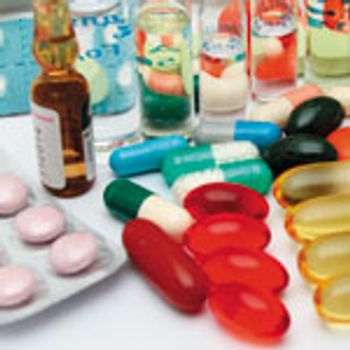
Oral solid-dosage and parenteral drug manufacturing equipment and systems have made great strides in safety and efficiency.

Anil Kane, executive director, Global Head of Technical & Scientific Affairs at Patheon, shared his perspective of changes to solid-dosage pharmaceutical manufacturing.

Industry experts discuss how advances in analytical testing tools have helped address challenges in pharmaceutical analysis.
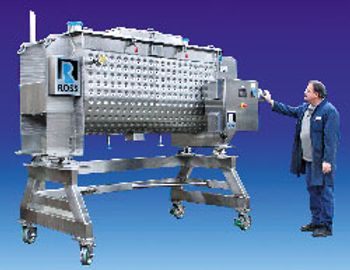
Ribbon Blenders from Ross, Charles & Son can be used to mix powders, granules, and other dry solids.
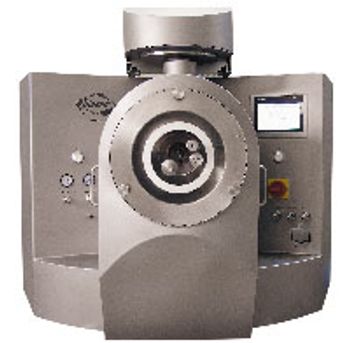
Tablet coating from DISONA can handle batch sizes up to 3 kg.
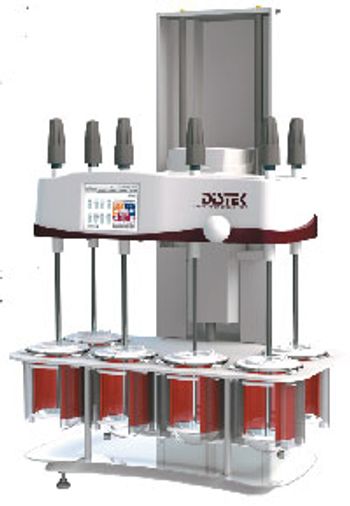
A bathless dissolution tester from Distek operates without a water bath and associated maintenance.
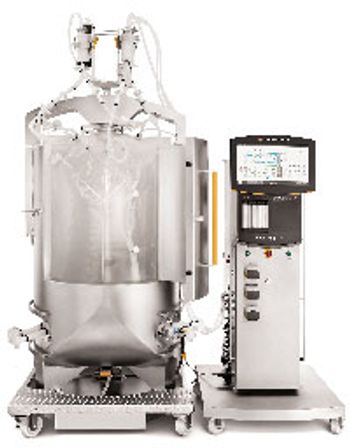
The BIOSTAT STR single-use bioreactor family from Sartorius Stedim Biotech is based on a conventional stirred-tank design.

CDER’s Janet Woodcock endorses modern drug manufacturing to ensure access to safe and reliable medicines.

Poly(lactide-glycolide) has been used for drug-delivery applications because of its beneficial physicochemical properties, long safety record, and reliable commercial supply.
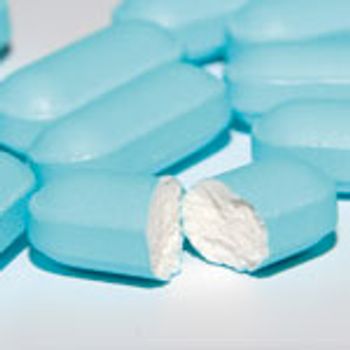
Materials and equipment innovations have advanced tablet coating from sugar to copolymers and simplified pharma production.

Industrial-scale continuous API manufacturing may offer cost and safety benefits.
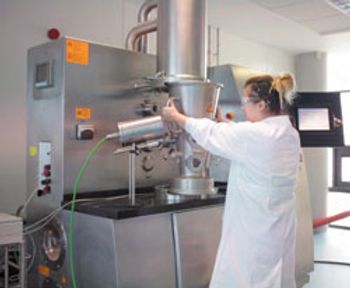
Real-time alternatives to dissolution testing are required for continuous manufacturing to reach mainstream use.

New ADC therapies must overcome manufacturing challenges to reach market.

As commercial manufacturing considers single-use materials, a look shows how industry moved to the technology.

How has the bio/pharmaceutical contract manufacturing industry evolved over the years and what does the future hold?

As pharma models changed during the past 40 years, contract manufacturing capacity and services evolved to meet demand.

Pharmaceutical Technology marks 40 years covering the bio/pharma industry.

The more pharma science and technology change, the more business and policy concerns stay the same.
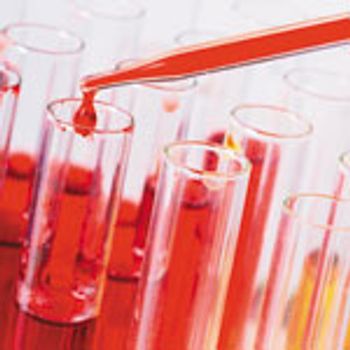
Incorporating structural constraints into pharmacokinetic studies of iron sucrose formulations.

Polymers and surfactants impact stability and long-term performance.

The opening presentation gives the company a chance to put their best foot forward, according to Siegfried Schmitt, principal at PAREXEL.

FDA is working with manufacturers to encourage industry innovation.

This article presents a general strategy for authorship of deviation investigations, with primary focus on regulatory inspection success.

Russell Madsen, president, The Williamsburg Group, and member of the Pharmaceutical Technology editorial advisory board, shares his thoughts on technology innovations and regulatory implications.

Biotech-based therapies and a move to single-use processes highlight recent industry changes.

Excipients play a key role in the development in emerging dosage forms but attention to quality is crucial.

ISPE measures impact of biotechnology and globalization on personalized medicine.

Drug costs, biosimilars, and cloud-based technologies will shape the pharmaceutical industry in the years to come.